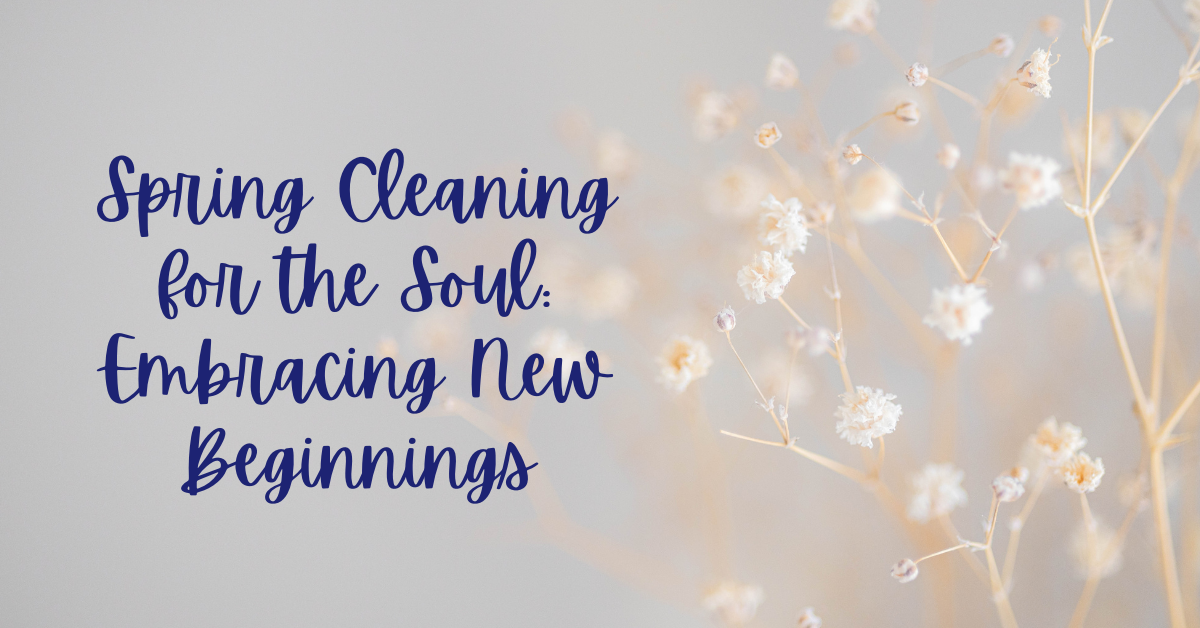What a cruel cosmic joke! You’re struggling, drowning in anxiety. Desperate for relief, you follow the advice of the sages and attempt meditation, only to fly off the handle in ever deepening anxiety. What the heck!

Before you throw in the towel on meditation, yoga and other relaxation methods, read on to find lasting relief.
If you have experienced developmental trauma, PTSD, CPTSD or if you have experienced increased or triggered anxiety upon relaxing, understanding what is going on will help you reset to finally be able to feel some true R&R.
Overly activated nervous systems tend to drive us towards dissociation, as in not being present in our bodies. We may tend to live in our head, over thinking everything, attempting to intellectualize everything; be workaholics; restless; ADD. We may be out of touch with our emotions, unaware that we are even experiencing emotions at any given moment. We may be so out of touch with our physical selves that we become clutzs bumping into things and getting bruises we can’t explain. In fact, in our society where Mother Culture teaches us to suck it up, tough it out, etc., dissociation is a far greater epidemic than many realize.
Essentially, that hyperaroused nervous system is stuck in fight or flight. Your body is ready to take whatever action is needed to stay safe. Your breathing may be shallow and more rapid than is necessary; you may feel tense much of the time; you may suffer from undiagnosed physical ailments; among a grocery list of other symptoms.
Imagine…if you have lived disconnected from your body much of your life and here you are on a meditation cushion, focusing on your body, not only might it feel alien, it might feel suffocating, imprisoning. When we are in fight or flight, trapped is the last thing we need to feel. Anxiety here we come.
So, no more meditation, huh? Not so fast. Meditation (and any other form of relaxation) is exactly what you need. The trick is to be gentle. I know, what could be gentler than sitting on a cushion? Well, there’s a big difference between 30 minutes and 5. If you’ve never meditated, 30 minutes will be shockingly difficult no matter how well balanced you are. Throw in a little dissociation and oh, boy!
15 Minute Yoga Nidra Meditation
 1
1
Here are some tips to help you ease back into your body….
- Randomly, throughout the day, bring your awareness to your physical self. Not during meditation…but as you’re going through your regular routine. Just notice your feet, sensations on the skin, the pressure of your body on the balls and heels, any tickles or pain. That’s it. If that feels ok, add another body part the next day, until you are able to comfortably scan your entire body, head to feet…bones, muscles, guts, etc. without feeling triggered. You’ll know if you’re triggered if you suddenly experience tension or anxiety OR if later or the following day you are inexplicably cranky, depressed, anxious, etc. When that happens, give yourself a break and resume the day after you’re feel better.
- Tailor any guided meditations or yoga practices to meet your needs. During both meditation and yoga we are often encouraged to focus on the breath. That can be insanely retraumatizing for dissociated folks! Crazy, right? Like being allergic to water. But it’s a real thing and you don’t want to go there. Feel free to focus lightly on your breath but as you feel any anxiety coming on, switch to focusing on the kaleidoscope of colors behind your closed eyes or open your eyes slightly and pick a spot on the floor or wall in front of you or focus on a word or mental image. Those are all safe out of your body focal points that will allow you to reap the benefits of practice and leave the triggering behind. I would encourage you to continue to work towards being comfortable in your own skin. Just be respectful and honor the time your system needs to get there.
- Start with 5 minute increments. Even if you are in a live class. Do your best to meditate for 5 minutes, even if blatantly disobeying and opting to focus on the floor rather than your breath. Then after what you suspect might be 5 minutes, allow your thoughts to do what they will, open your eyes and look around (no one will see you) and just continue to sit silently. Slowly but surely increase the time you commit to.
- Do it more often! Daily, a few times a day, as often as possible. Especially if you’re meditating for 5-10 minute increments, that’s pretty easy to sneak in here and there. A pretend bathroom break might take that long.
- Get informal. Standing by the copier at work; waiting in line at the grocery store; sitting in a coffee shop…meditate, even if only for 2 minutes. If you’re worried about looking silly, don’t close your eyes. Allow your gaze to soften and blur and off you go. You’ll just look deep in thought.

Now that you have a little understanding of why relaxing endeavors may be difficult for you, you’ll also see that it’s even more imperative to learn how to do so effectively. Your poor body has been hypervigilant for so long, it can’t remember how to relax. No wonder you’re exhausted, distracted, cranky after vacations. If you do nothing else, do this one thing for yourself. This relaxation stuff is really tough work. I promise you though, if you keep at it, that next vacation will be a real one. Perhaps the first you’ve ever had.












